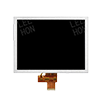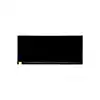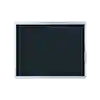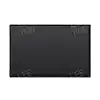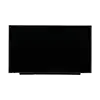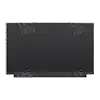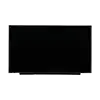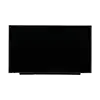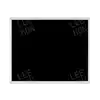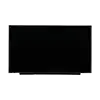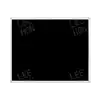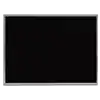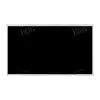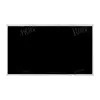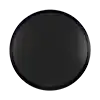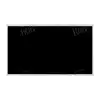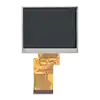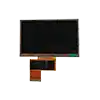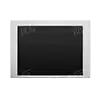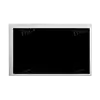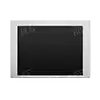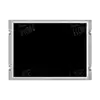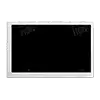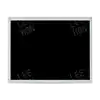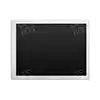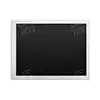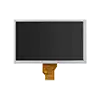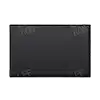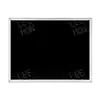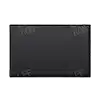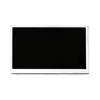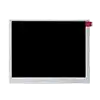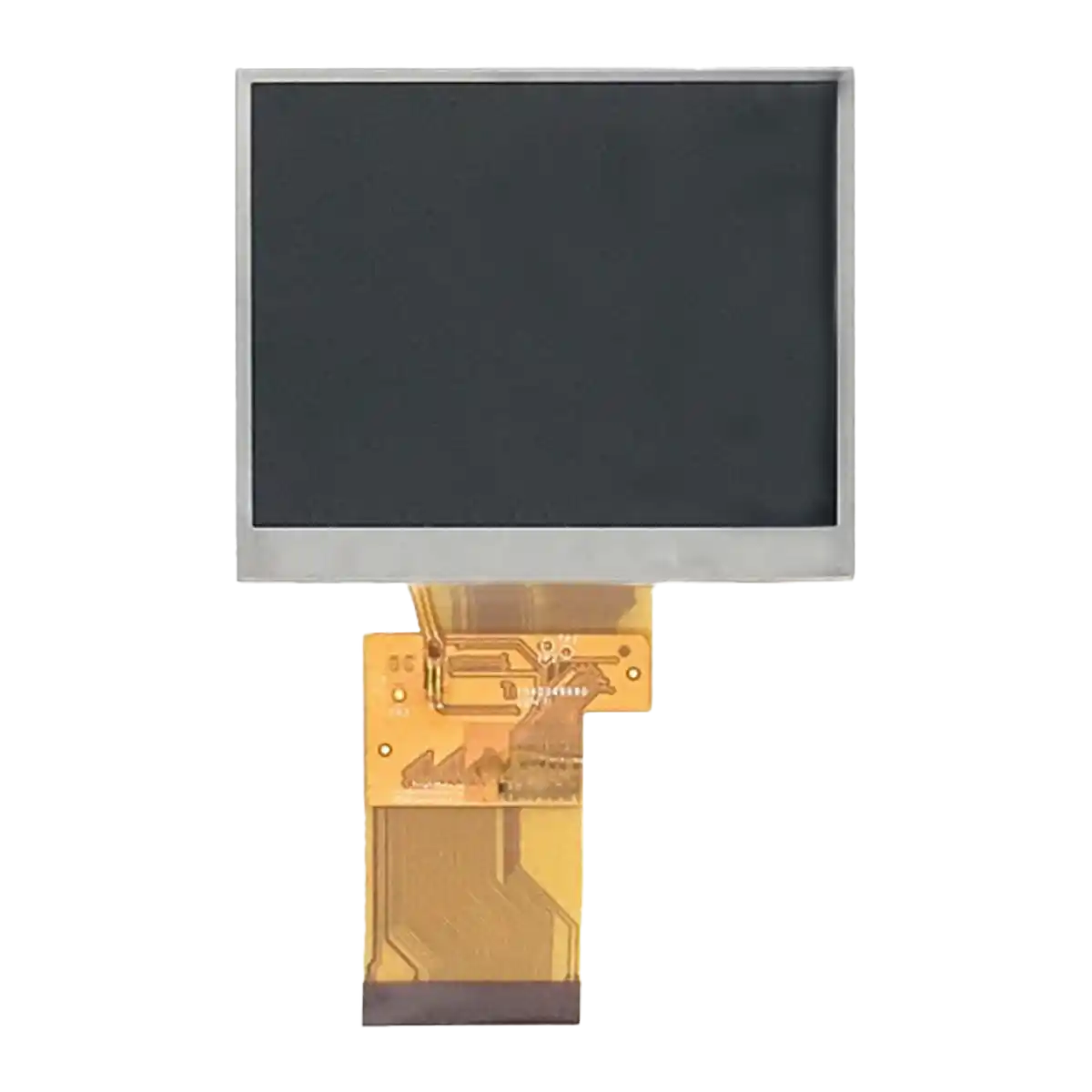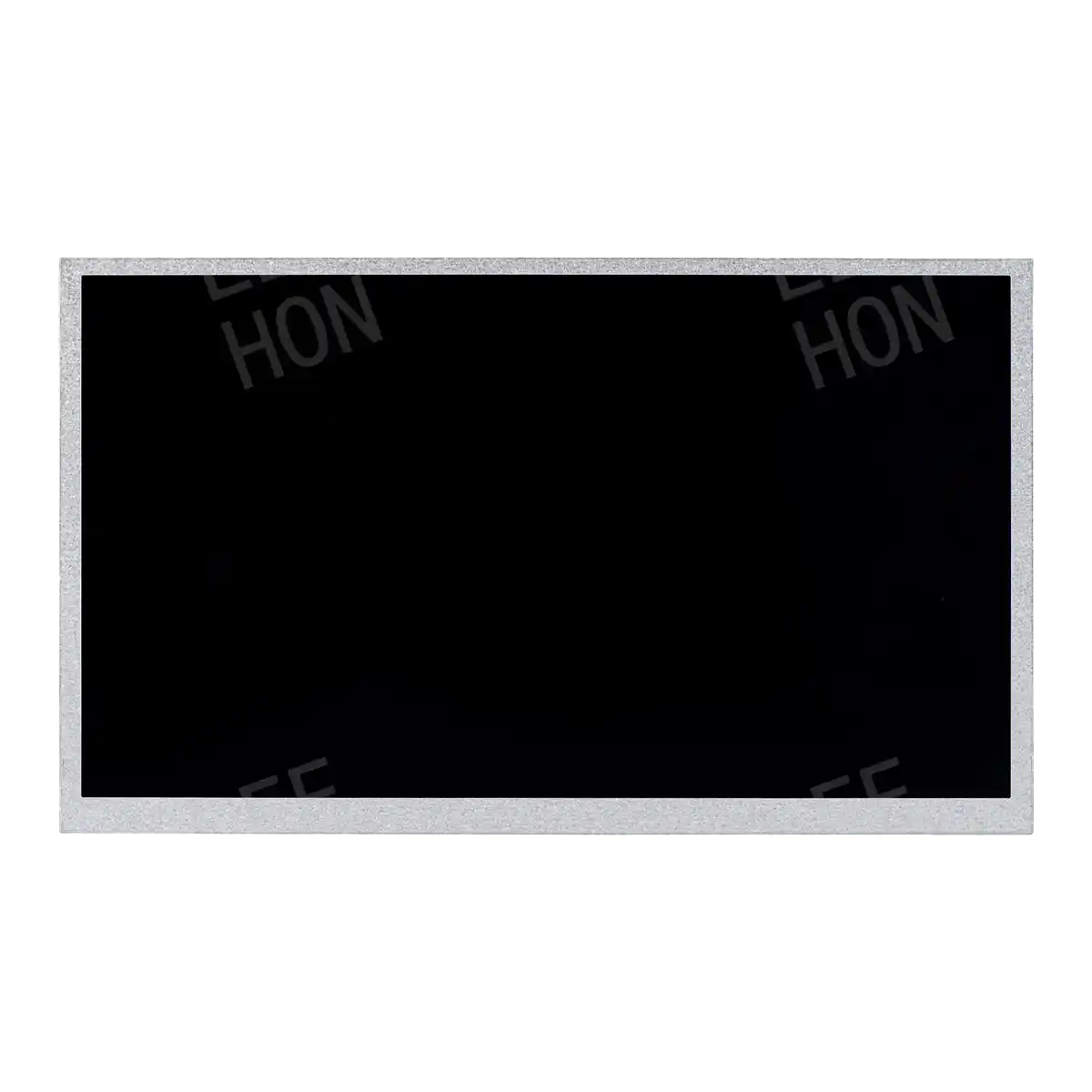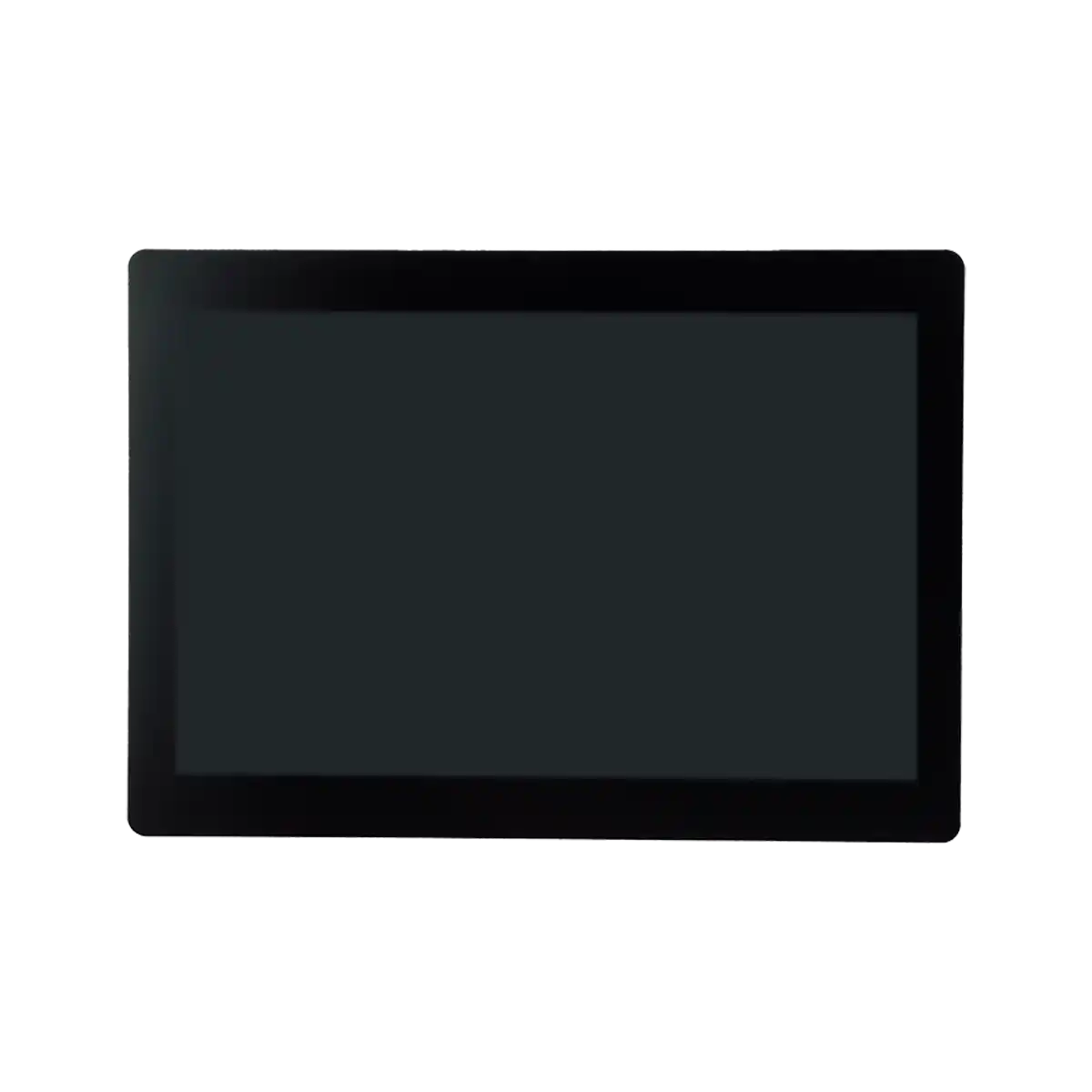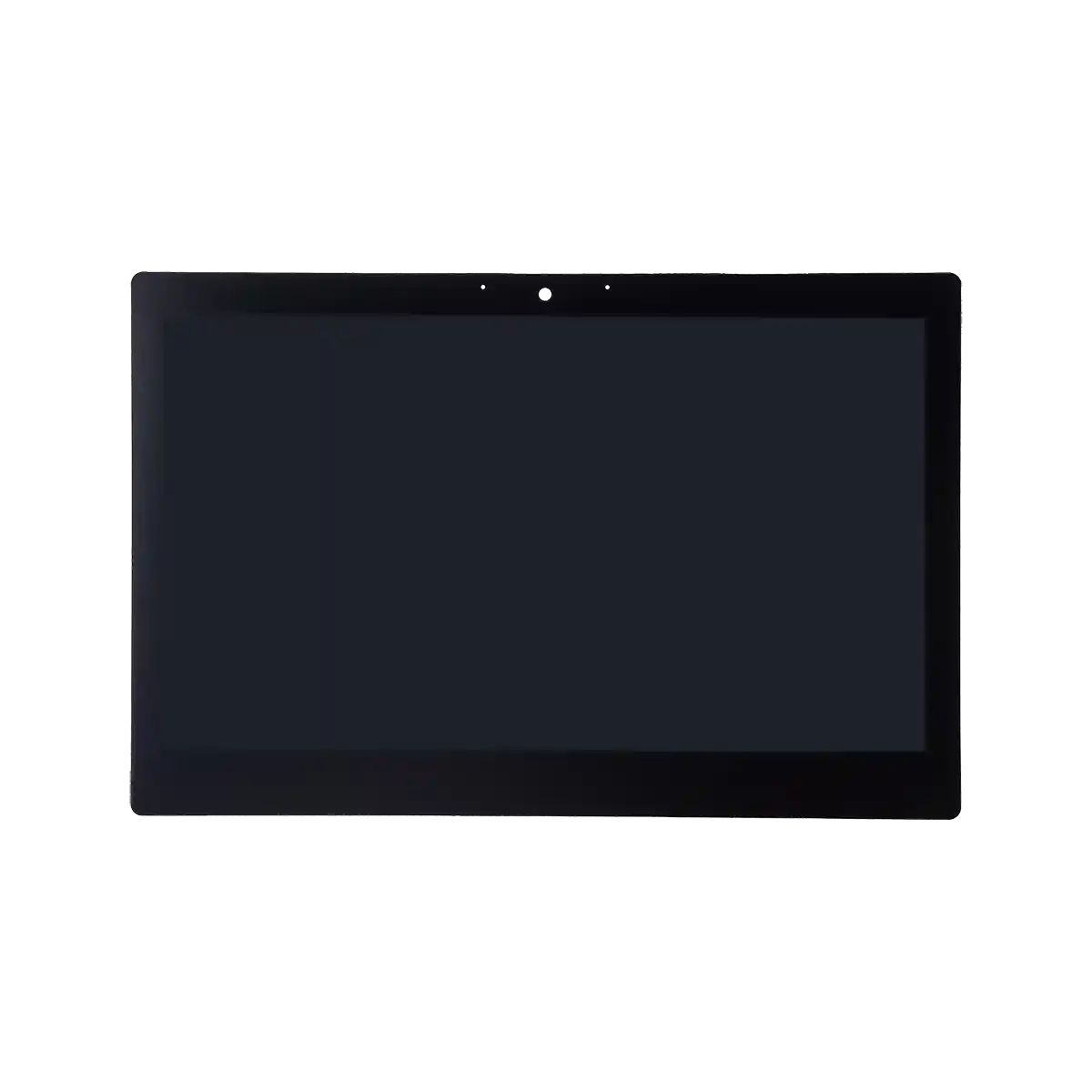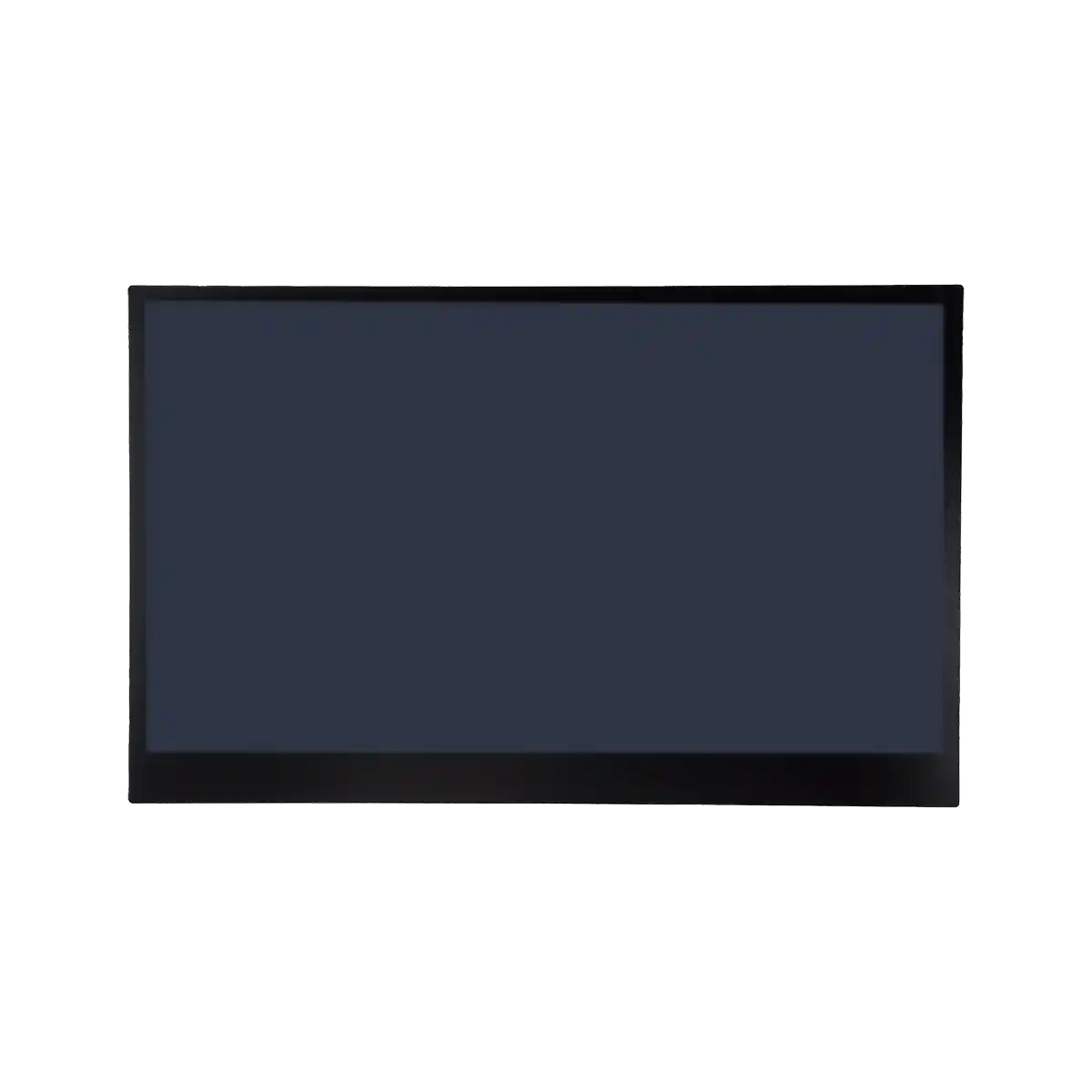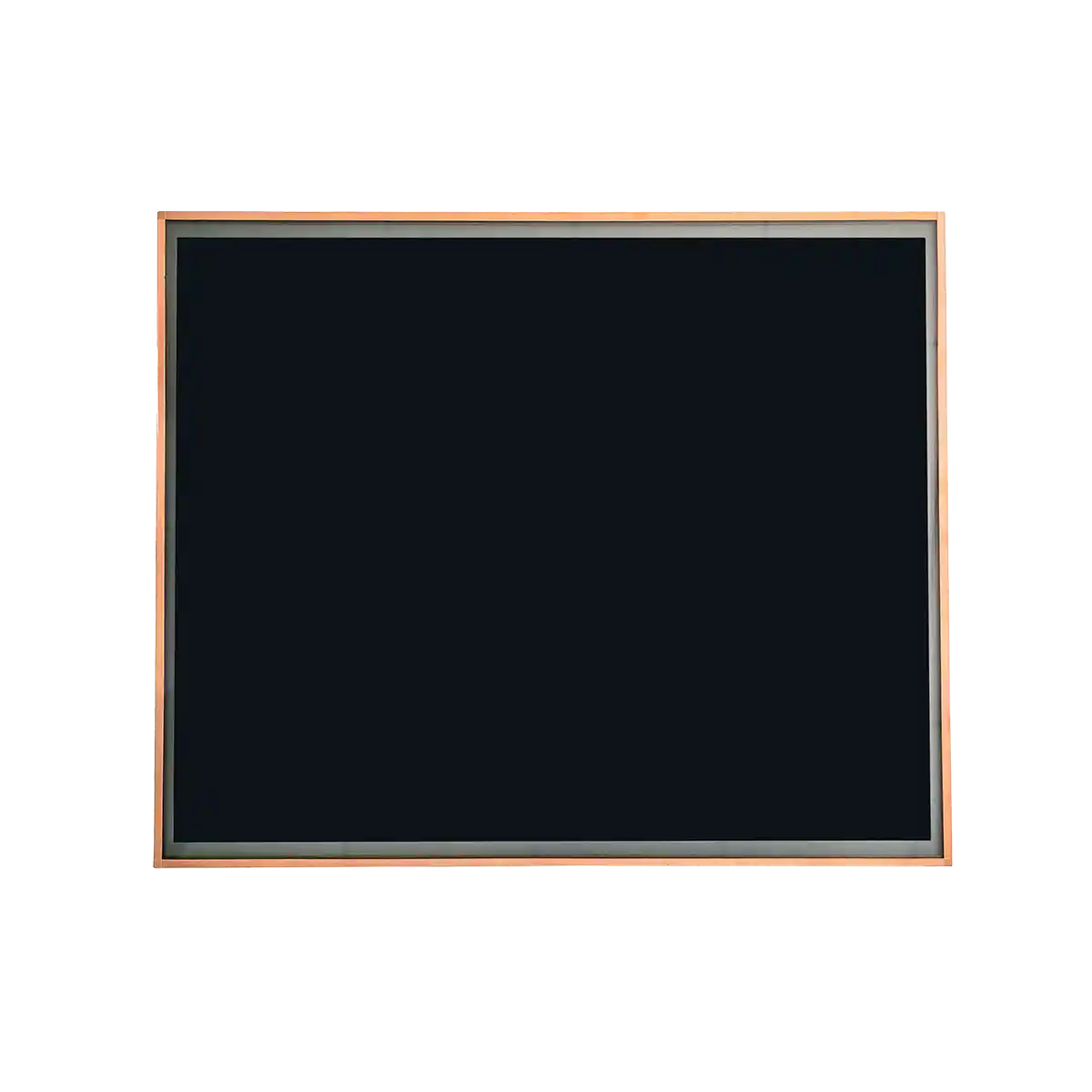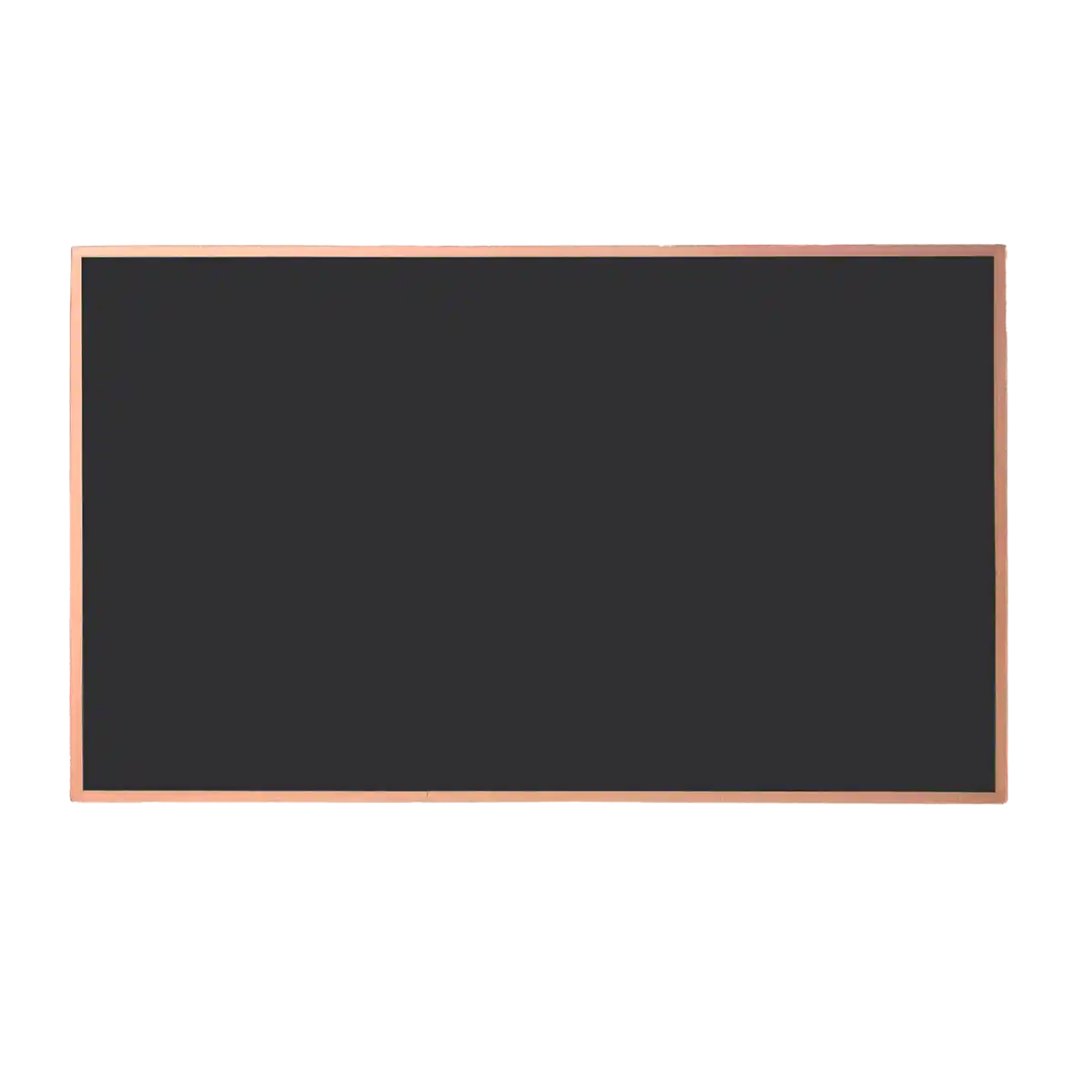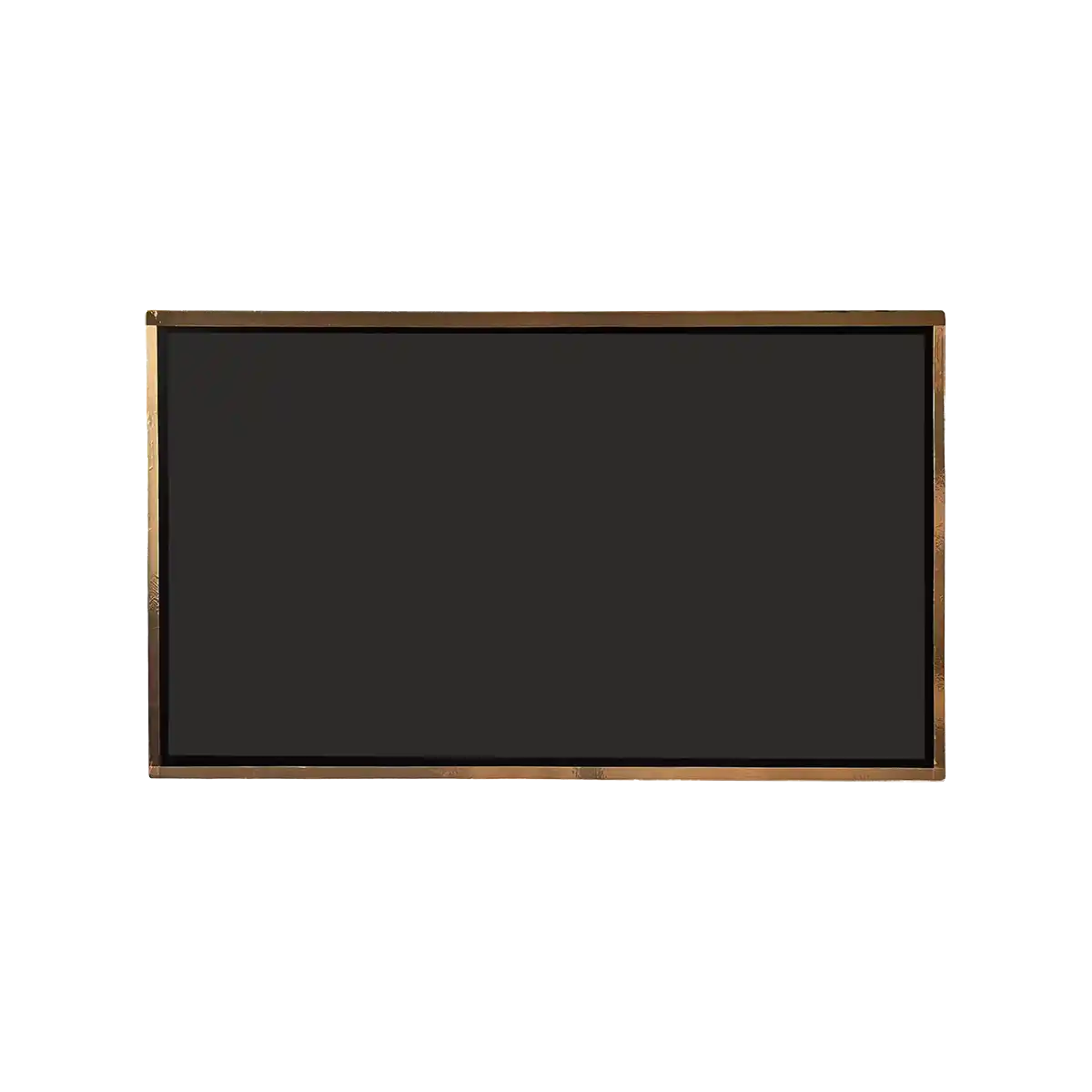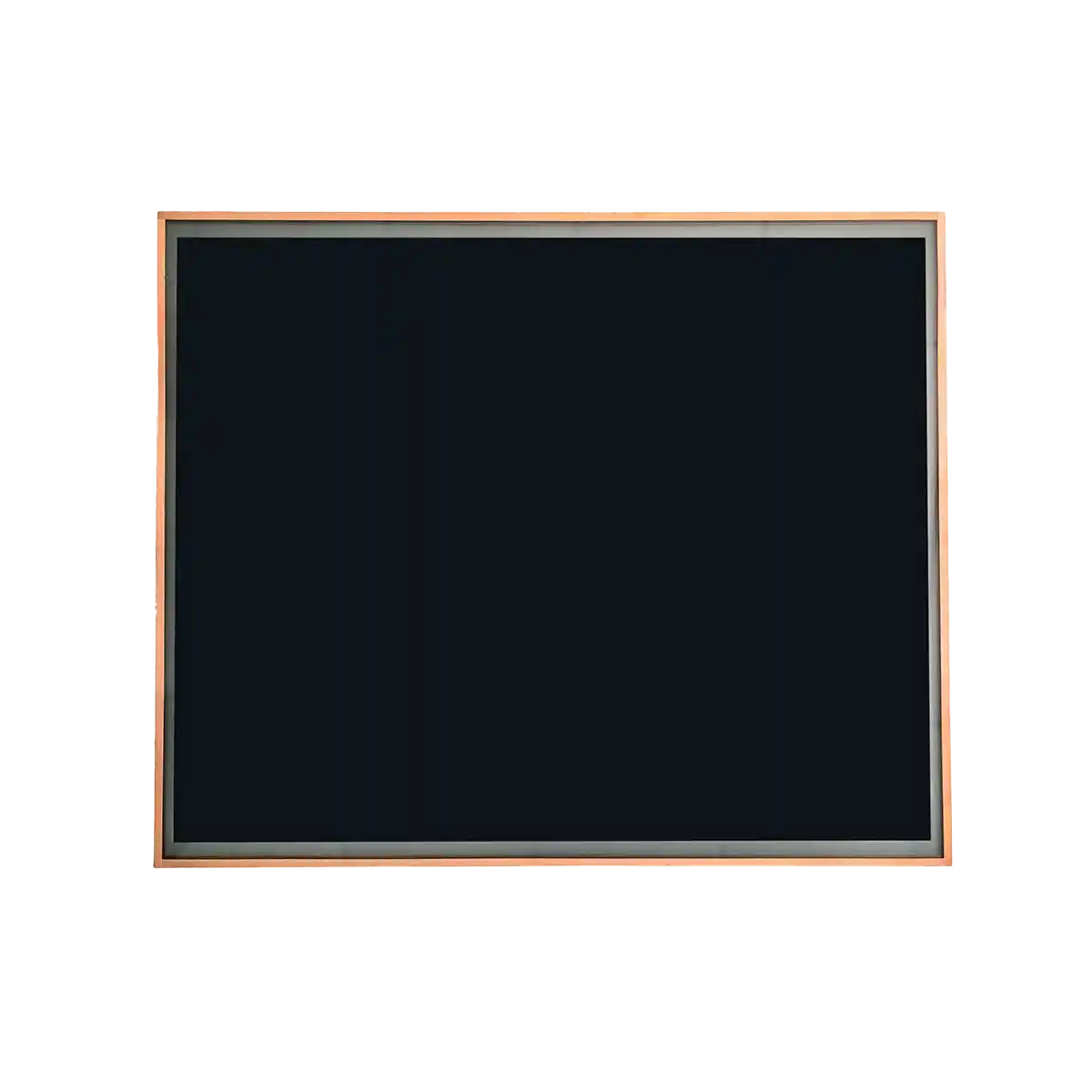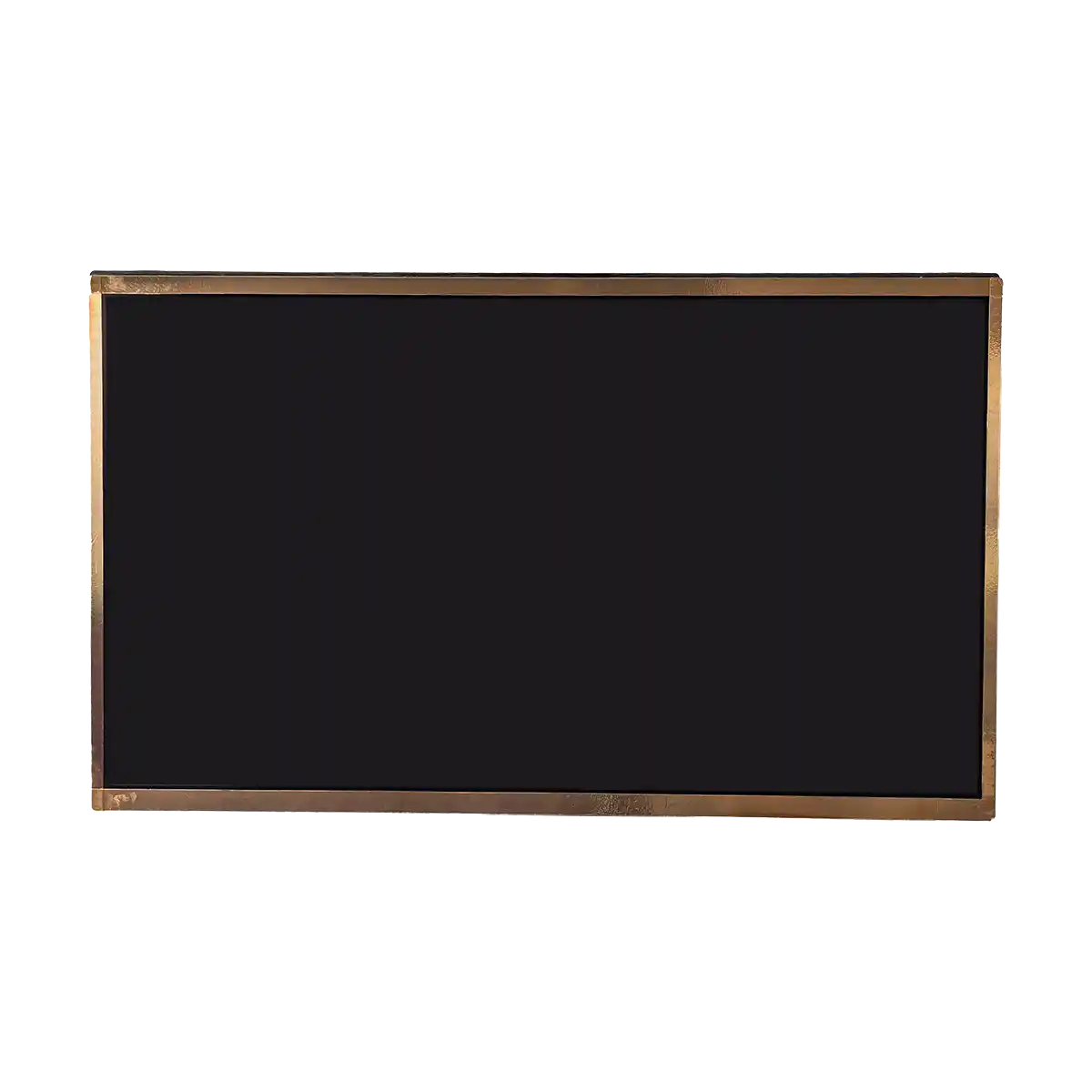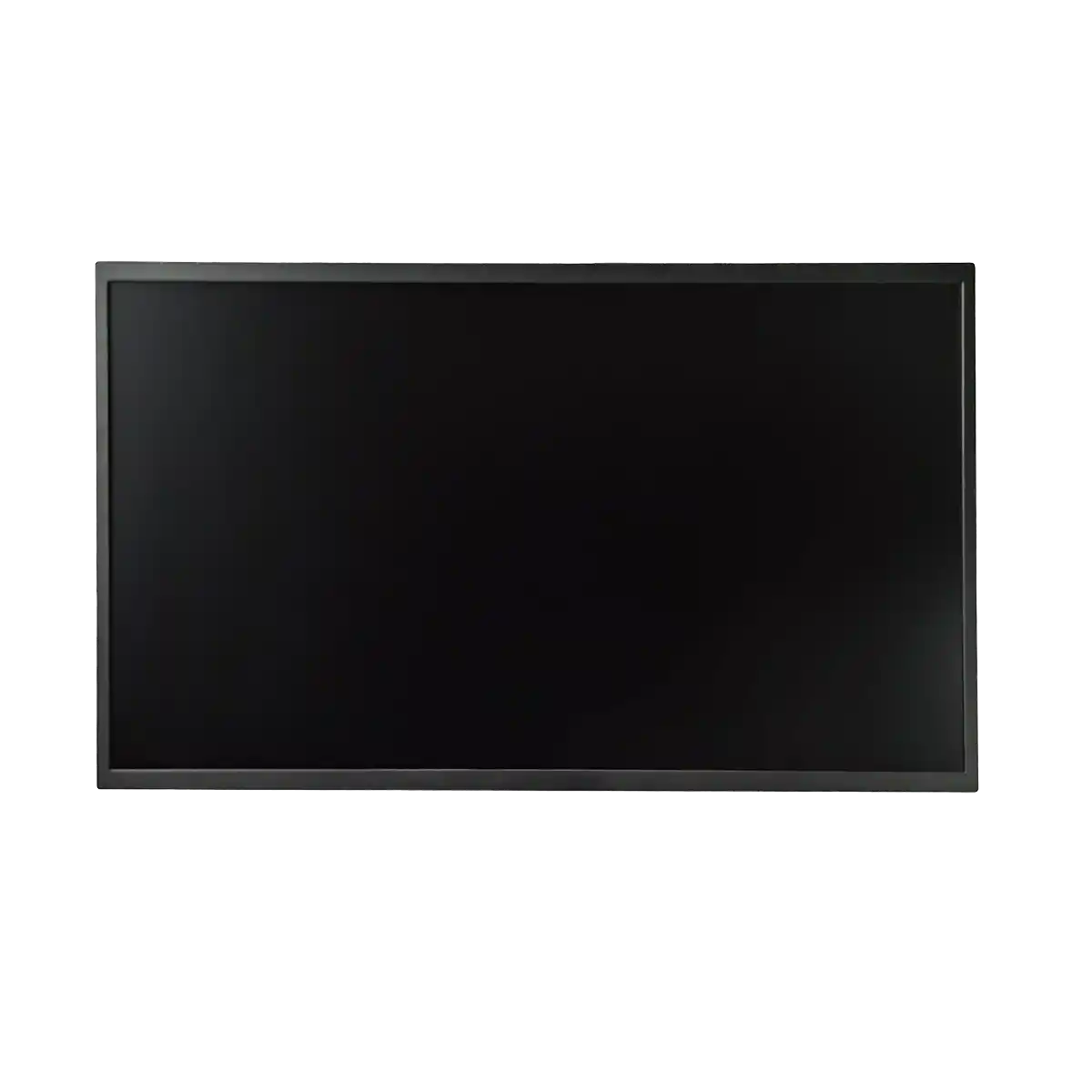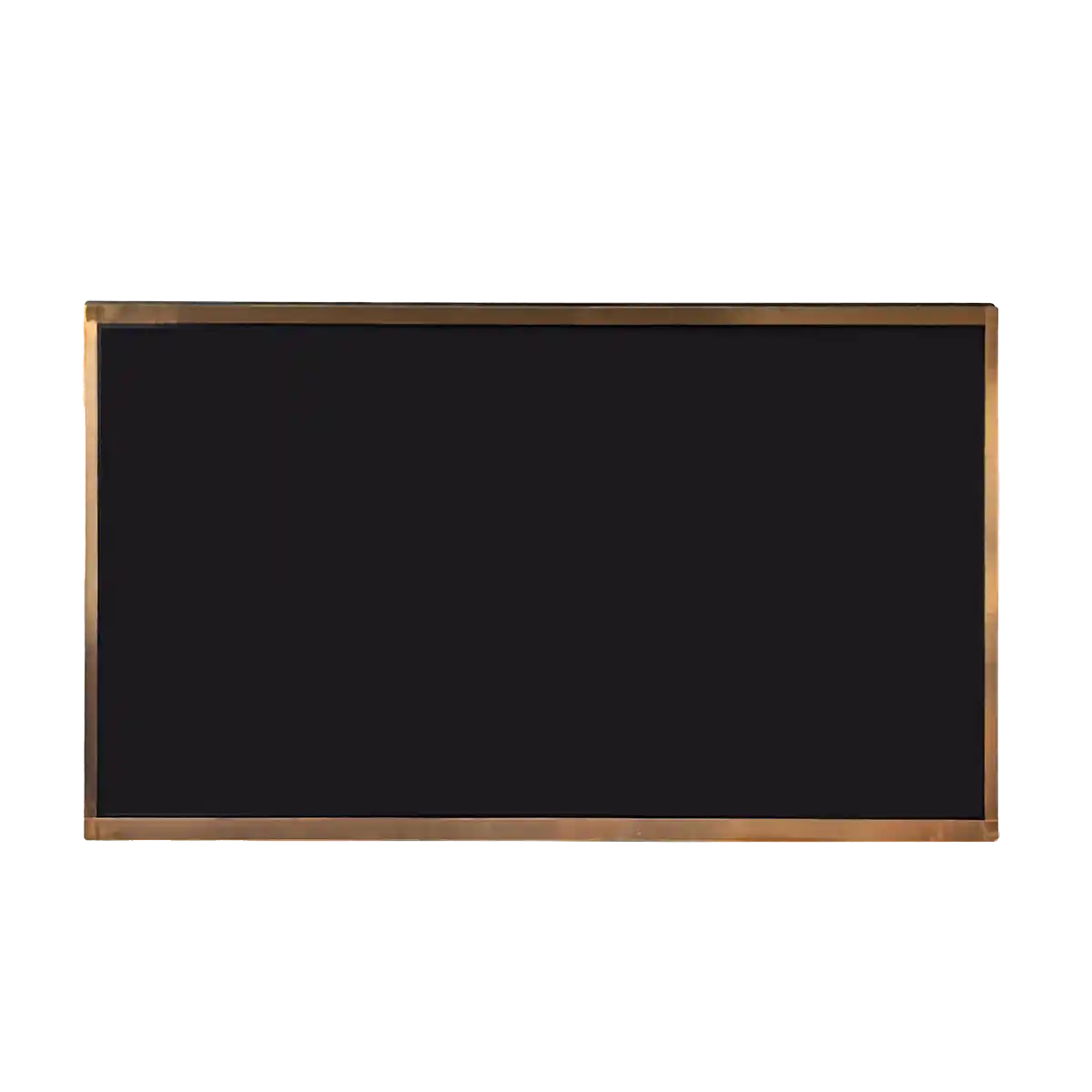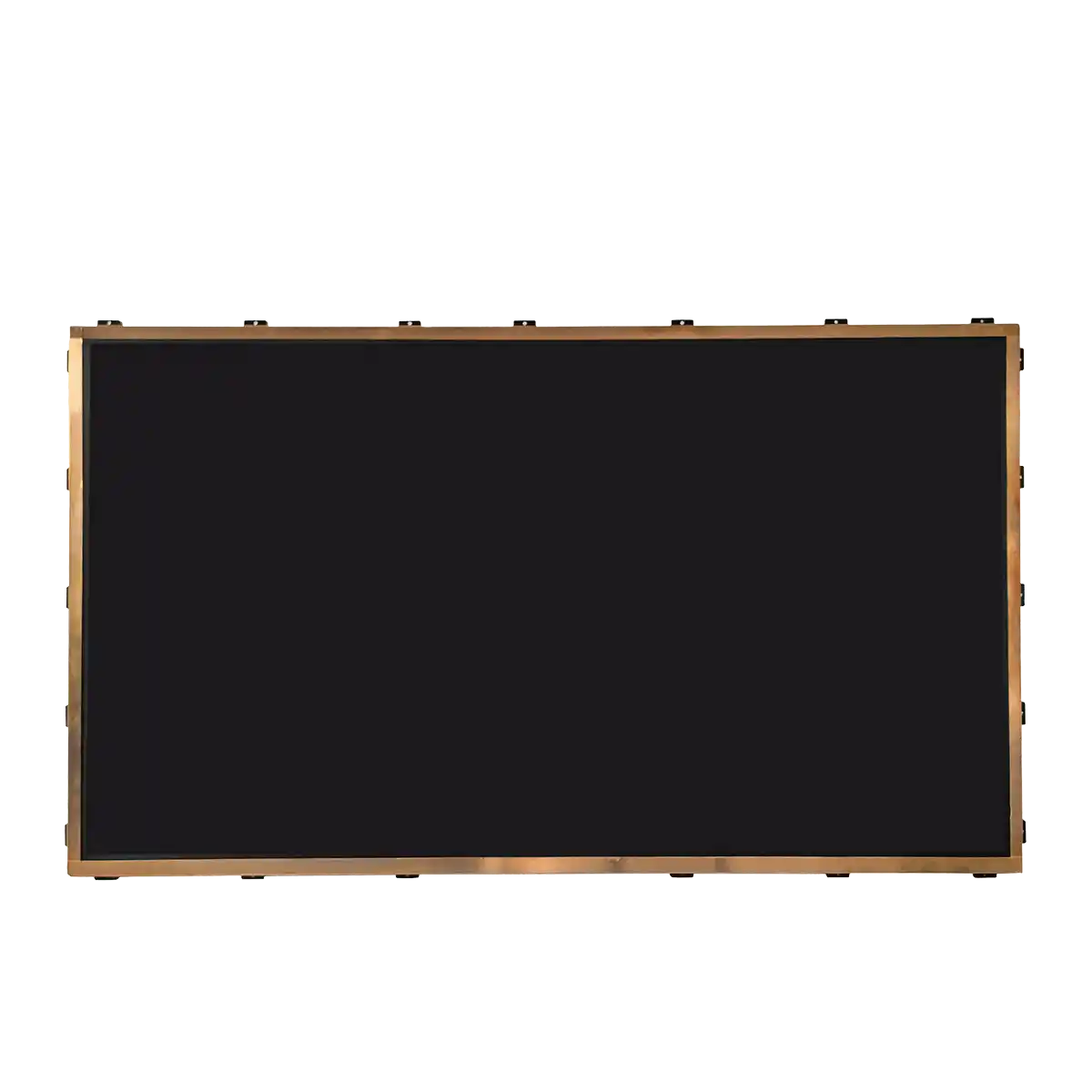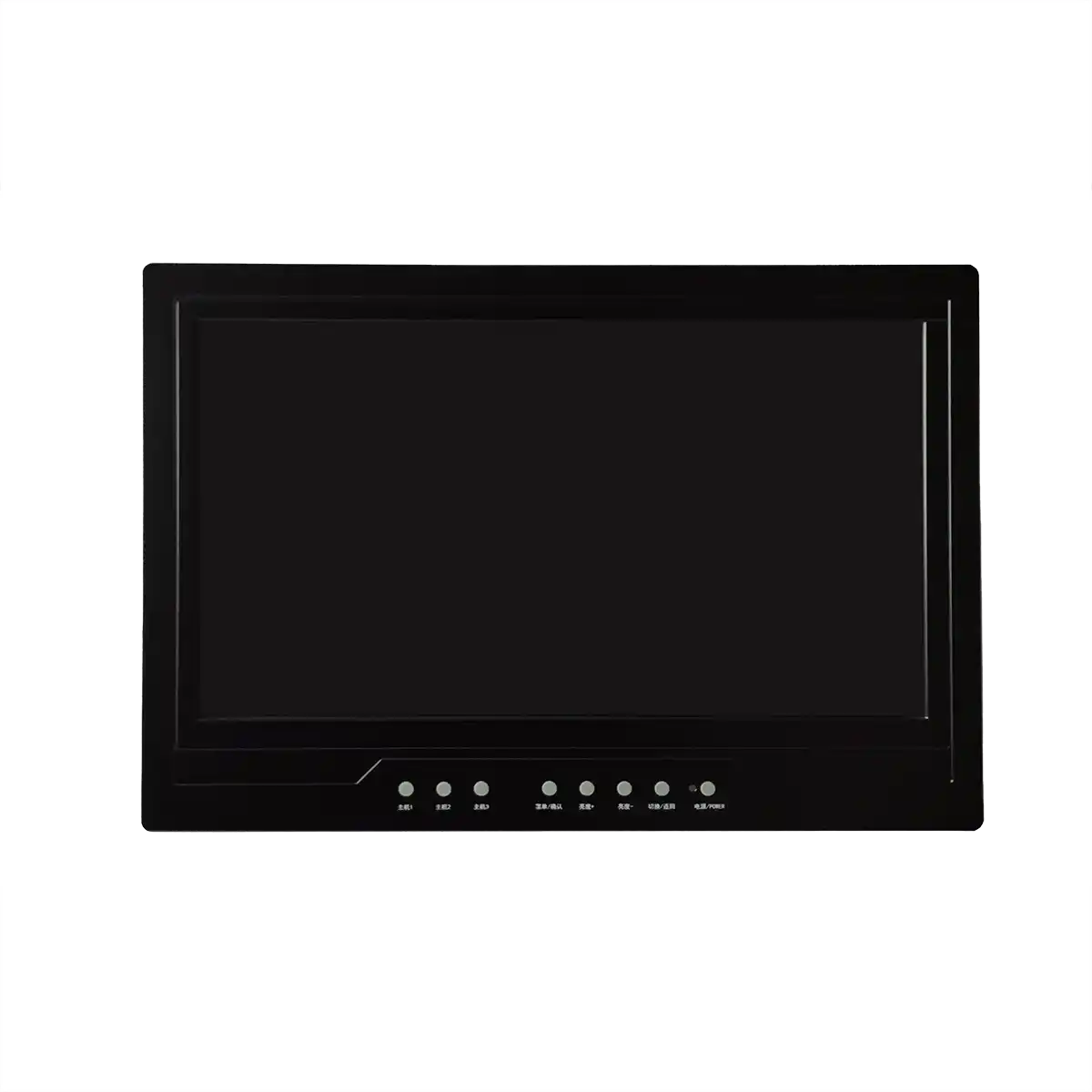Industrial LCD Displays: Conquering Environmental Extremes
In the industrial sector, the need for reliable and clear visual interfaces is indispensable. Industrial LCD screens, or Liquid Crystal Displays (LCDs), serve as the backbone of many control systems, providing essential data and feedback in real-time. These displays are designed to operate under a variety of challenging conditions, including extreme temperatures, high humidity, dust, and mechanical vibrations. The term "Industrial LCD Screens" refers to a class of LCDs that are specifically engineered to meet the stringent requirements of industrial environments. These conditions demand displays with enhanced durability, visibility, and resistance to environmental factors. The introduction lays the groundwork for a detailed examination of how industrial LCDs are tailored to overcome these environmental challenges.
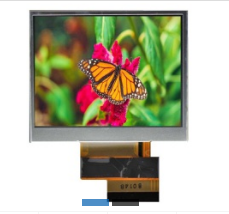
Industrial LCD screens are a critical component in the machinery and systems that drive modern industry. Their design and functionality are tailored to withstand the rigors of the environments in which they operate. Here's a closer look at the key features and technologies that enable these displays to thrive in harsh conditions:
1. Enhanced Durability: Industrial LCDs are built with robust materials that can endure physical stress. The glass or plastic used in their construction is often reinforced to resist impacts and vibrations. This durability is crucial for machinery that operates in environments prone to physical shocks or continuous movement.
2. High Brightness and Contrast: Visibility is paramount in industrial settings, where displays may be viewed in bright light or at a distance. Industrial LCDs are designed with high brightness levels to ensure that the display is easily readable even under direct sunlight or in well-lit areas. The contrast ratio, which is the difference between the brightest white and the darkest black that a display can produce, is also optimized for clear and sharp images.
3. Environmental Resistance: Industrial LCDs are often sealed to protect against dust, moisture, and chemical exposure. They are rated according to the IP (Ingress Protection) code, which indicates the level of protection against solid objects and water. An IP rating of 65 or higher ensures that the display is dust-tight and protected against low-pressure water jets from any direction.
4. Wide Temperature Range: Industrial environments can have a wide range of temperatures, from freezing cold to scorching hot. Industrial LCDs are designed to operate within a broad temperature range, typically from -20°C to 70°C, ensuring consistent performance regardless of the ambient temperature.
5. Long Lifespan and Low Power Consumption: Industrial applications require displays that can operate continuously for extended periods without failure. Industrial LCDs are known for their long operational lifespans and low power consumption, which reduces maintenance needs and energy costs.
6. Customization and Flexibility: Industrial LCDs can be customized to meet specific application requirements, such as size, resolution, and interface compatibility. This flexibility allows them to be integrated into a wide range of industrial equipment and systems.
In conclusion, industrial LCD displays are engineered to provide clear, reliable, and durable visual interfaces in challenging environments. Their ability to withstand extreme conditions, combined with their high performance and customization options, makes them indispensable in modern industrial settings. As technology continues to advance, we can expect further improvements in the resilience and functionality of industrial LCD screens, enhancing their role in the industrial landscape.
For those seeking a deeper understanding of industrial LCD displays, the expansion section could include:
1. Comparative Analysis: A detailed comparison of industrial LCDs with other display technologies such as OLEDs (Organic Light Emitting Diodes), LED displays, and traditional CRTs (Cathode Ray Tubes), highlighting the advantages and disadvantages of each in harsh environments.
2. Advanced Technologies: An exploration of cutting-edge technologies that are being integrated into industrial LCDs, such as touchscreen capabilities, sunlight-readable coatings, and advanced bonding techniques for enhanced durability.
3. Case Studies: Real-world examples of industrial LCDs in action, detailing how they have improved operations, increased safety, and enhanced productivity in various industries.
4. Maintenance and Troubleshooting: Practical advice on maintaining the performance and longevity of industrial LCDs, including cleaning, calibration, and addressing common issues.
5. Future Outlook: A forward-looking discussion on the potential future developments in industrial LCD technology, such as the integration of smart sensors, augmented reality, and IoT (Internet of Things) capabilities to create smarter and more interactive displays.
This in-depth examination of industrial LCD displays not only informs but also equips readers with a comprehensive understanding of their critical role in overcoming environmental challenges in industrial applications.
Recommended Articles
-
Why Choose BOE’s EV101WXM-N10?
2025-01-03 -
The Trajectory of South Korea's LCD Industry Amidst Political Fluctuations and Technological Transition: Challenges and Opportunities Coexist
2025-01-03 -
ADS Pro: The Future of Display Technology
2025-01-03 -
Interpretation Report on AUO's New Generation Smart Cockpit
2025-01-03 -
What is the difference between quantum chips and quantum dot technology?
2025-01-03 -
Are the displays in Tesla's Cybertruck and Robovan the same as you imagined?
2025-01-03 -
BOE GV070WSM-N10 parameters and advantages and disadvantages analysis
2025-01-03 -
TM070RDH10-43 7-inch TFT-LCD Display: Technical Details and Application Guide
2025-01-03 -
Notice on the discontinuation of TCG104SVLQJPNN-AN41 model and alternative solutions
2025-01-03 -
Introduction: Reasons to Choose G121EAN01.2
2025-01-03 -
Practical Applications of Industrial LCD Screens: The Perfect Blend of Professionalism and Customization
2024-09-26 -
Hangzhou LEEHON Technology supplies BOE GT080X0M-N12: High quality 7-inch TFT-LCD module solution
2024-09-14 -
How to Check for Issues in Industrial LCD Panels
2024-09-11 -
How does an LCD screen find individual pixels?
2024-09-11 -
What is the difference between eDP and LVDS?
2024-09-11 -
In-depth analysis of the development of automotive display technology
2024-09-10


